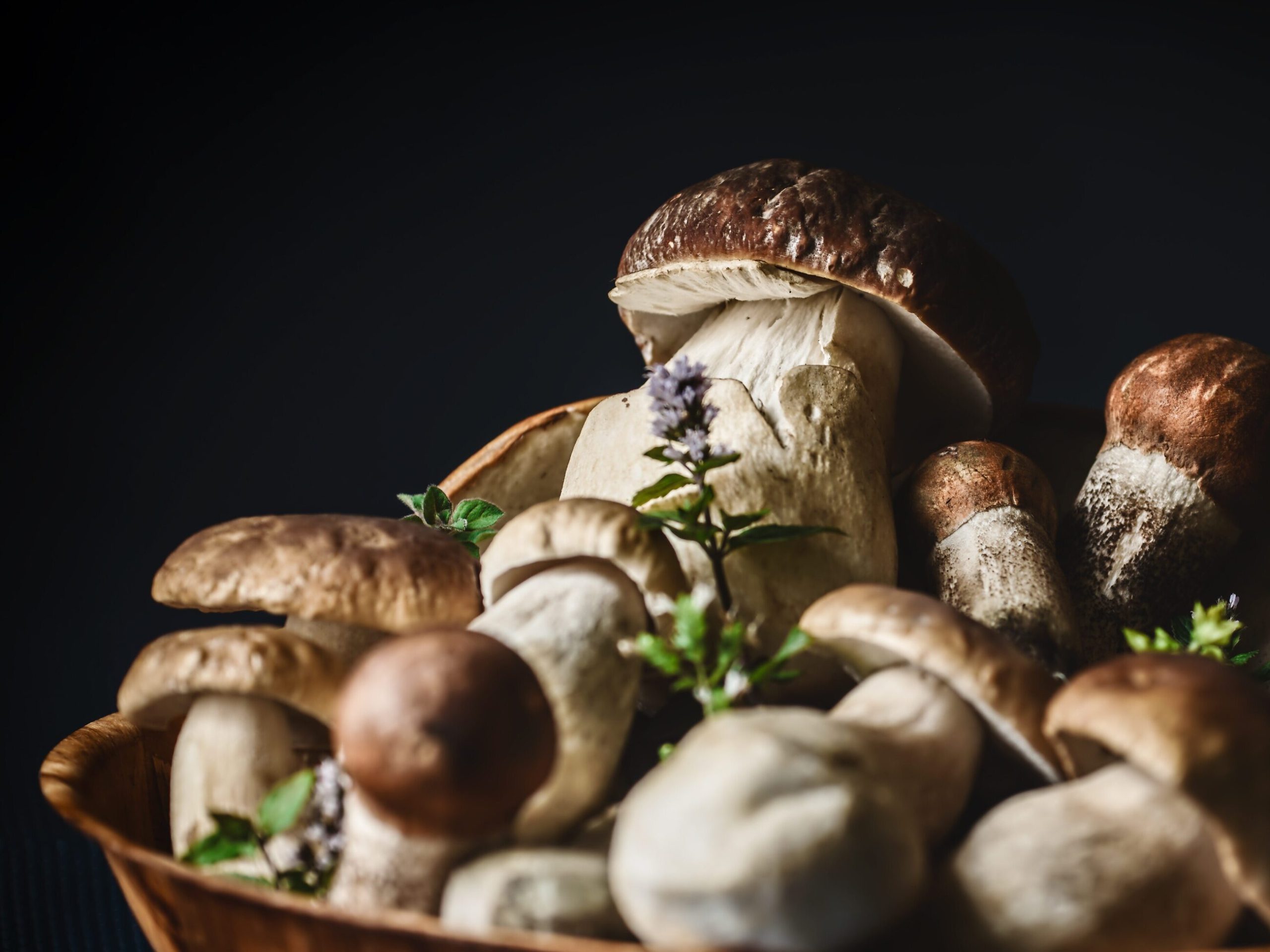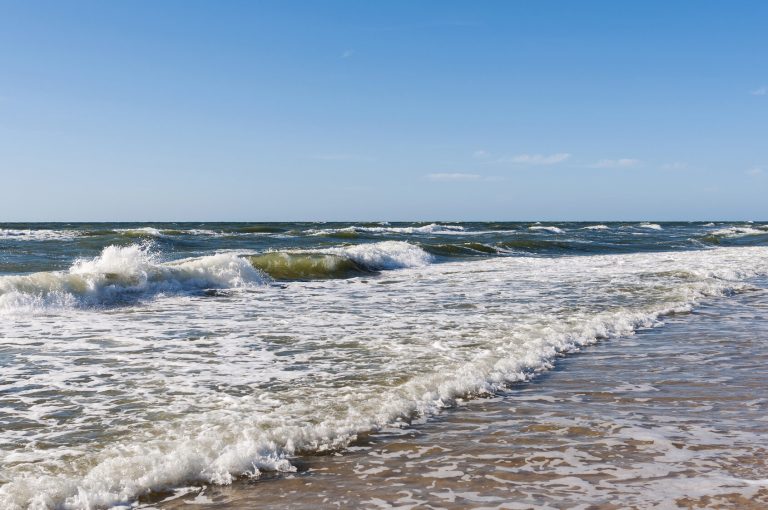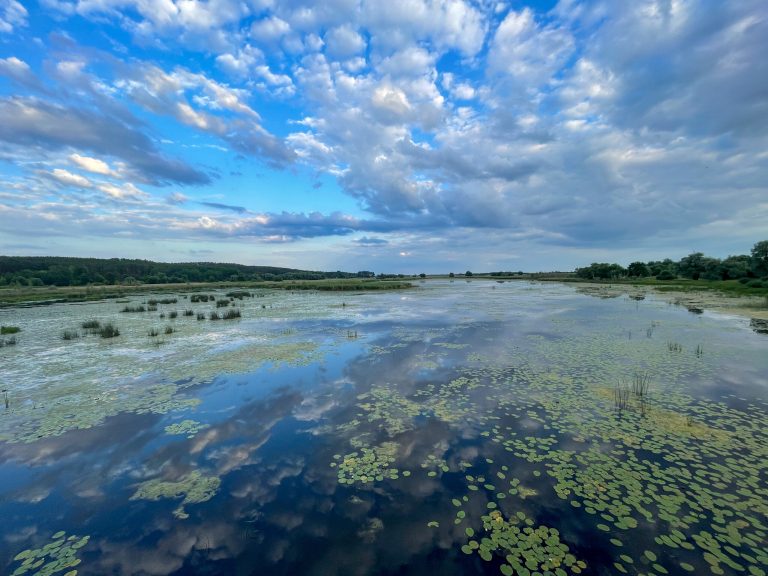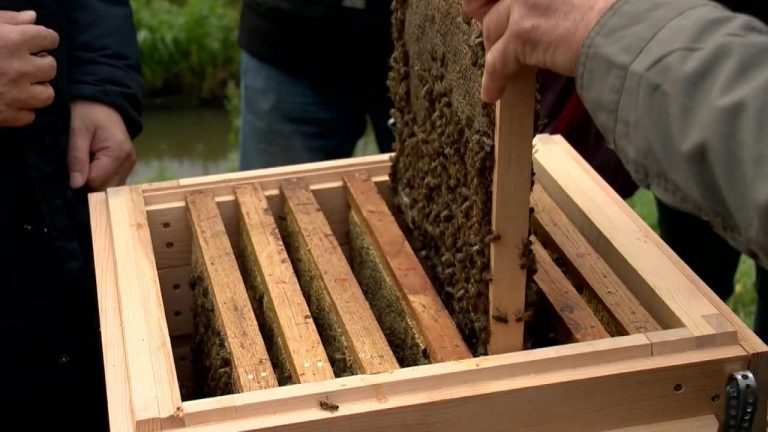Some mushrooms have methods straight from horror movies. “Hunting with a lasso is particularly strange.”

There are zombie mushrooms, predatory mushrooms and giant mushrooms. A blue whale found in the USA weighed exactly as much as four adult female blue whales, about 150 tons each. In turn, the largest mushroom in Europe is located in the Swiss National Park and covers an area of 500 x 800 m. Therefore, when it comes to size, mushrooms are number one on Earth. What else do we not know about these mysterious organisms?
Author: Robert Hofrichter
The coexistence of trees and mushrooms is one of the greatest wonders of the world. The most famous edible mushrooms are also part of this miracle. Most of them are symbiotic, which means that they can produce their tasty fruiting bodies only in association with tree roots. Without the close coexistence of trees and mushrooms, we would have to eliminate boletus mushrooms, chanterelles and most other delicacies from the list of dishes.
One tree can be associated with as many as 100 species of fungi, and within the same species – with many different individuals. A cubic centimeter of soil can contain up to 20 kilometers of thin hyphae of mycelium. A bit like the neurons of the human brain, the mycelium builds an unimaginably complex weave.
Ethnobotanist Wolf-Dieter Storl stated that fungi create something like a vegetation brain. They regulate the flow of information between plants and the surrounding ecosystem. Roots are also a manifestation of vegetative intelligence. Using the countless number of constantly forming hair-thin roots of plants, they sense the environment and feel the soil. They look for water molecules, trace elements and other substances.






